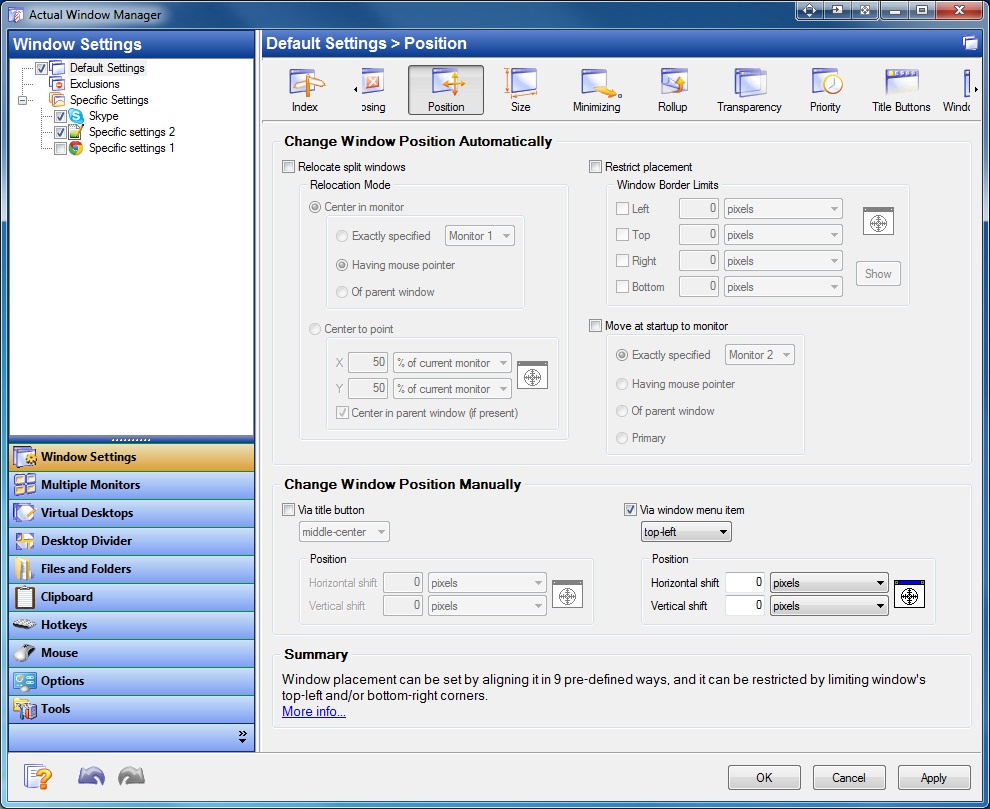
 Right click on desktop and select NVidia Control Panel from the context menu. If the above step doesn’t work, you may try setting the NVidia card to maximum performance and disable Intel graphics adapter to see if it works. I suggest to refer to the suggestions given by Reymichael Ros, dated Maonĭesktop Windows Manager (dwm.exe) load GPU too much. The GPU (NVidia) usage of 35-40% by games is absolutely normal, however at the same time Desktop Windows Manager is using the high percentage of Intel GPU, which isn’t normal and it might be the cause of the low FPS. Instead, their drawing is redirected to off-screen surfaces in video memory, which are then rendered into a desktop image and presented on the display. When desktop composition is enabled, individual windows no longer draw directly to the screen or primaryĭisplay device as they did in previous versions of Windows. The way applications display pixels on the screen, it is managed by DWM. In Windows, desktop composition is performed by Desktop Windows Manager. Thank you for writing to Microsoft community Forums. You can follow me on twitter - ( ).Desktop Window Manager(DWM.exe) using high GPU The user which is associated with the security token of each “dwm.exe” has a the pattern of “Window Manager\DWM-” as shown in the screenshot below (taken from Process Explorer). The parent process for each “dwm.exe” is “winlogon.exe”. Under Windows 10, there is one instance of “dwm.exe” for each session (excluding session 0).
Right click on desktop and select NVidia Control Panel from the context menu. If the above step doesn’t work, you may try setting the NVidia card to maximum performance and disable Intel graphics adapter to see if it works. I suggest to refer to the suggestions given by Reymichael Ros, dated Maonĭesktop Windows Manager (dwm.exe) load GPU too much. The GPU (NVidia) usage of 35-40% by games is absolutely normal, however at the same time Desktop Windows Manager is using the high percentage of Intel GPU, which isn’t normal and it might be the cause of the low FPS. Instead, their drawing is redirected to off-screen surfaces in video memory, which are then rendered into a desktop image and presented on the display. When desktop composition is enabled, individual windows no longer draw directly to the screen or primaryĭisplay device as they did in previous versions of Windows. The way applications display pixels on the screen, it is managed by DWM. In Windows, desktop composition is performed by Desktop Windows Manager. Thank you for writing to Microsoft community Forums. You can follow me on twitter - ( ).Desktop Window Manager(DWM.exe) using high GPU The user which is associated with the security token of each “dwm.exe” has a the pattern of “Window Manager\DWM-” as shown in the screenshot below (taken from Process Explorer). The parent process for each “dwm.exe” is “winlogon.exe”. Under Windows 10, there is one instance of “dwm.exe” for each session (excluding session 0). 
Their drawings are redirected to off-screen surfaces in video memory, which are then rendered into a desktop image and presented on the display.įor more information I suggest reading the following links and. When desktop composition is enabled, individual windows no longer draw directly to the screen (or primary display device). It changed the way applications display pixels on the screen (as it was until Windows XP). The desktop composition feature was introduced in Windows Vista. The goal of the manager is to composite all the windows’ buffers into an image representing the screen and commit it to the display memory ( ). So, a “compositing windows manager” is a “window manager” that provides applications with an off-screen buffer for each window.

A “windows manager” is computer software that controls the placement and appearance of a window as part of a “window system” in a GUI environment ( ). Thus, we can think about “dwm.exe” as a “compositing windows manager”. The executable is located at “%windir%\System32\dwm.exe” (On 64 bit systems there is only a 64 bit version with no 32 bit version like with other executables such as cmd.exe). Among those efforts are: live taskbar thumbnails, Flip3D, transparent windows and more ( ).

“dwm.exe” (Desktop Window Manager) is the executable which handles different tasks in the display process of the Windows UI like rendering effects. The Windows Process Journey - dwm.exe (Desktop Window Manager)








 0 kommentar(er)
0 kommentar(er)
